True Manuka Honey
Label claim: 25+ Total Activity
Stockists: Amazon, Manuka Honey Direct
Price: £28.99 (500g)
What the tests showed
TA:<9.5 (trace)
NPA:<9.5 (trace)
The lab says: “Both the TA and NPA test results for this product show that the product falls significantly short of its 25+ TA label claim. Although low-level traces of both TA and NPA activity were detectable in the product the laboratory findings do not support its activity claim whatsoever.”
The company says: New-Zealand-based producer Sanctuary Honey failed to respond to our request for information in time. “The findings do interest us for many reasons,” says Ian Food, managing director of Sapphire Brands, which used to import and distribute the True Manuka brand. “First and foremost the compliance of the claim on the label, then the chance that the test result may be incorrect. I mention the test result and possibility of inaccuracy due to many incidents where we have tested the same product up here twice and got massive variances in the test results. We switched to sending the samples to New Zealand for testing as the results seemed to be more stable. When we do import - we also bring in some bulk product for repacking - we initially go off the lab result given for the batch by the bee keeper and when the product is received in the UK we follow up with a due diligence test to ensure it is true to label.”
How the tests were conducted:
Tests were carried out by Minerva Scientific, one of Europe’s leading independent honey testing labs, on seven randomly selected manuka honeys. Minerva conducted two different tests on the samples - one for Non-Peroxide Activity (NPA) and one for Total Activity (TA). The test for NPA was a microbial inhibition plate bioassay based on the procedure developed by Professor Molan in New Zealand, for the measurement of the antibacterial qualities of manuka honey. The TA was measured using a modified version of the same plate bioassay to yield comparable results. All antibacterial activity was measured against phenol standards and expressed in % phenol equivalence. The uncertainty of measurement for the tests was estimated at +/-2% phenol equivalent - eg: a result of 10% phenol could lie anywhere from 8% to 12%. All the honeys are operating within the current laws.







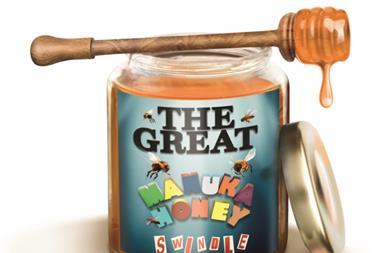
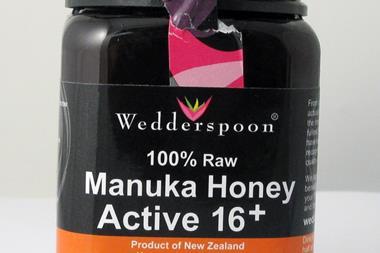
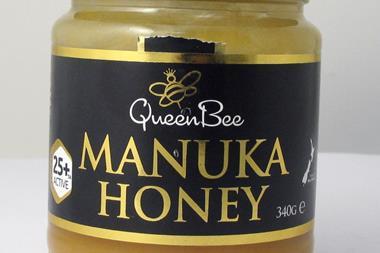

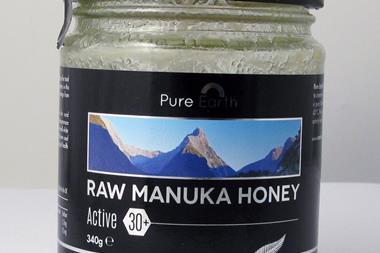
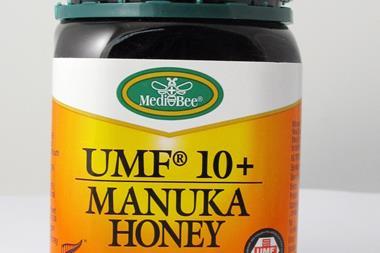


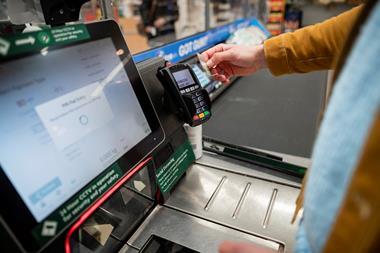



1 Readers' comment